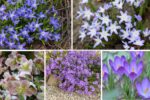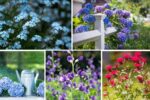One of the most fulfilling ways to bring life, color, and purpose to your garden is by planting flowers that attract pollinators. Bees, butterflies, hummingbirds, and other pollinating insects not only enhance your outdoor space but also play a critical role in maintaining healthy ecosystems and supporting food crops.
In this guide, we’ll explore 10 practical and easy-to-follow tips for planting flowers for pollinators — turning your backyard, balcony, or windowsill garden into a buzzing haven of biodiversity.
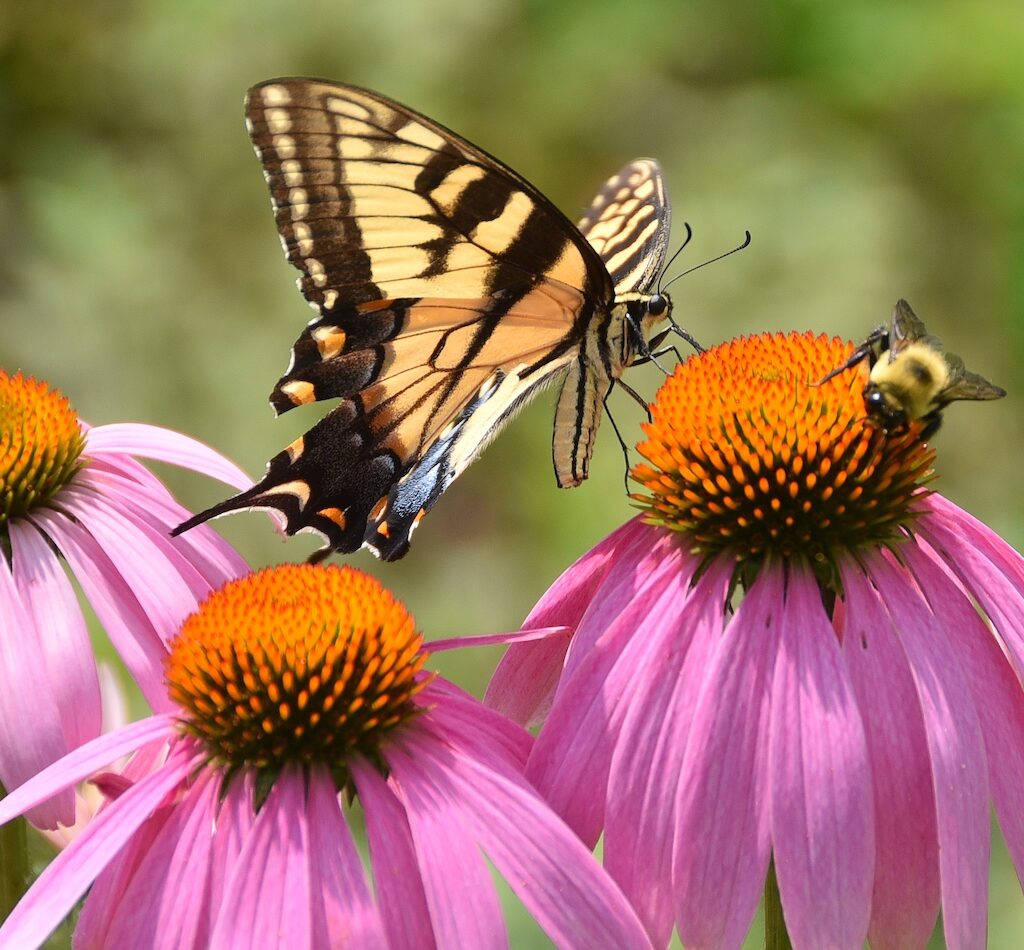
Why Should You Plant for Pollinators?
Pollinators are essential for plant reproduction. Nearly 75% of flowering plants rely on animal pollinators to transfer pollen from one flower to another. Without them, many fruits, vegetables, nuts, and seeds wouldn’t exist.
Unfortunately, pollinator populations have been declining due to habitat loss, pesticides, and climate change. By creating a pollinator-friendly garden, you’re not just beautifying your space — you’re directly contributing to their survival and the health of the planet.
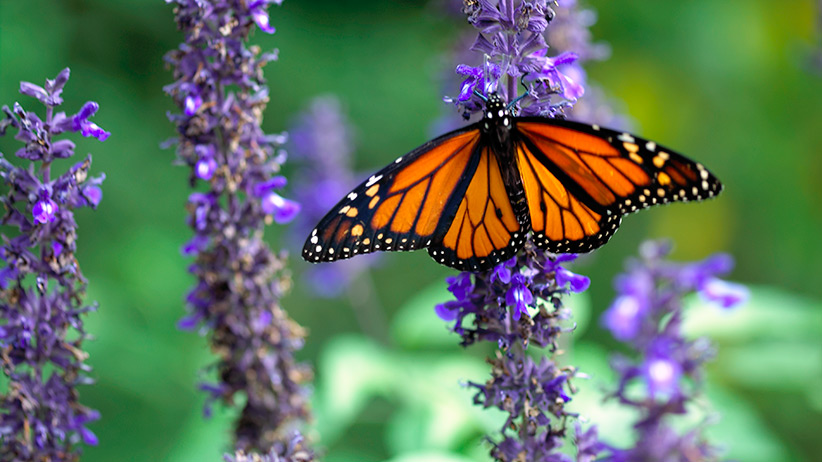
1. Choose Native Plants
When planting for pollinators, native plants should top your list. They’ve evolved alongside local pollinator species and provide familiar food sources and shelter.
Why native plants matter:
- Better adapted to your local climate and soil.
- Require less maintenance and water.
- Offer reliable nectar and pollen for native pollinators.
Examples:
- U.S. Northeast: Milkweed, Bee Balm, Black-eyed Susan
- U.S. Southeast: Purple Coneflower, Coral Honeysuckle
- U.S. West: California Poppy, Salvia, Blanket Flower
Check your local native plant society or extension service for region-specific recommendations.

2. Diversify Flower Shapes and Colors
Pollinators are drawn to different flower types based on their physical traits. By offering a variety of flower shapes, sizes, and colors, you’ll attract a broader range of pollinators.
Guidelines:
- Bees prefer blue, purple, and yellow flowers with single open blooms.
- Butterflies love flat-topped or clustered flowers like yarrow and zinnias.
- Hummingbirds seek out tubular, brightly colored red and orange flowers.
Pro Tip: Planting diverse flowers ensures blooms from early spring to late fall, providing continuous food sources.
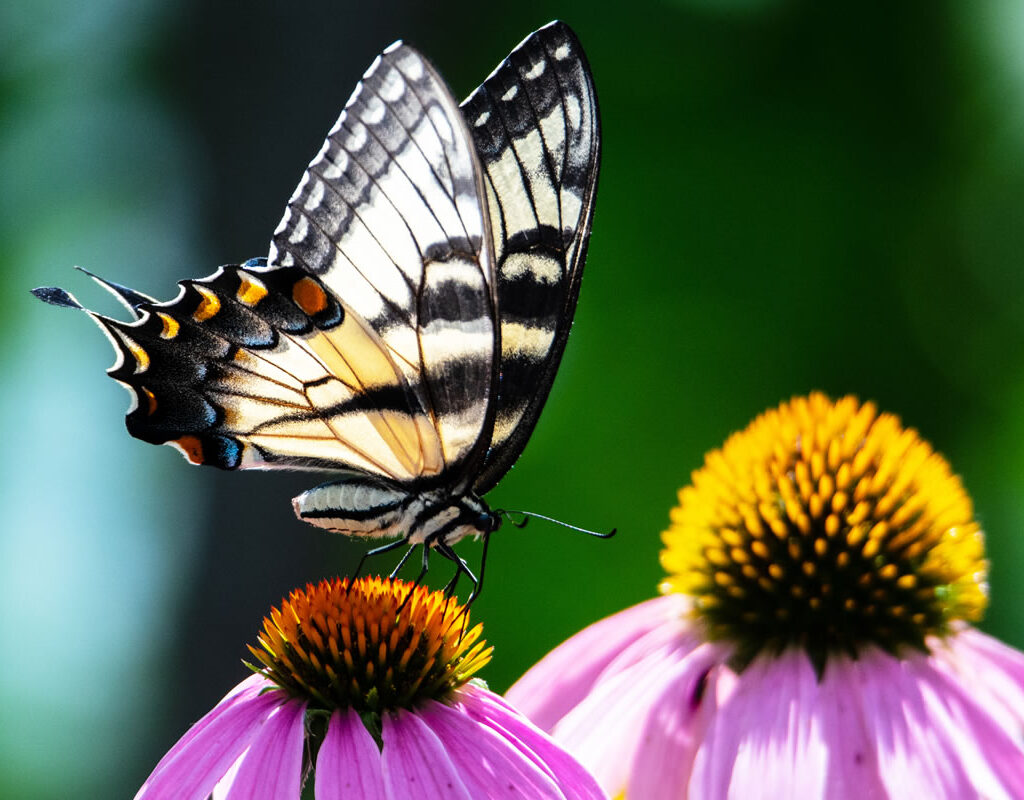
3. Use Clusters for Greater Impact
Pollinators are more attracted to clusters of the same plant than to isolated individual flowers.
Why?
- Larger clusters are easier for pollinators to spot.
- They can collect nectar and pollen efficiently without traveling far.
How to do it:
- Plant in groups of at least 3-5 of the same species together.
- Space them closely to create bold, noticeable patches.
This technique also enhances your garden’s visual appeal with dense bursts of color.
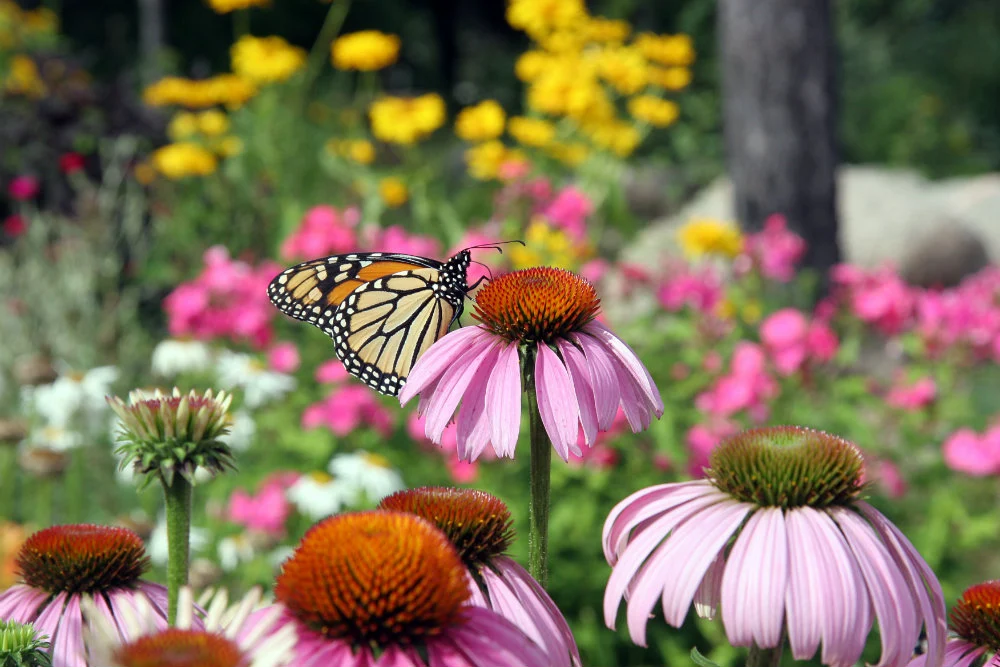
4. Avoid Pesticides and Herbicides
While chemical pesticides and herbicides control unwanted pests and weeds, they can unintentionally harm beneficial pollinators. Even organic pesticides can be dangerous when misused.
Safer alternatives:
- Hand-pick pests.
- Use insecticidal soaps or neem oil during early morning or evening hours when pollinators are less active.
- Encourage natural predators like ladybugs and praying mantises.
If spraying is necessary, opt for targeted spot treatments and avoid flowering plants when they’re in bloom.
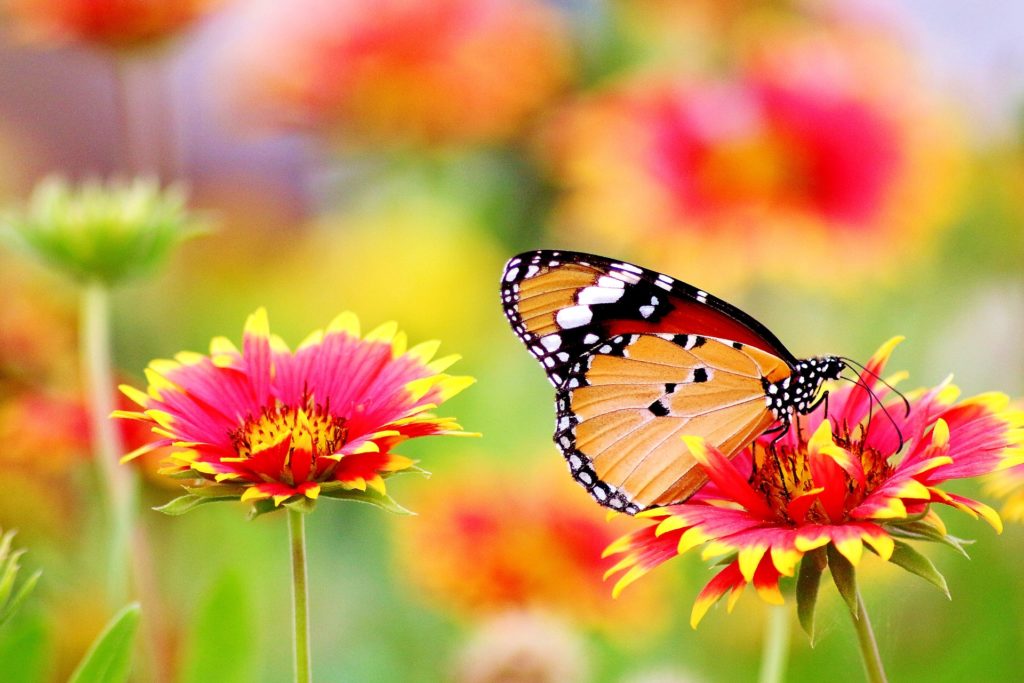
5. Provide Continuous Blooms
Pollinators need food from early spring to late fall. Plan your garden with a mix of early, mid-season, and late-blooming flowers so something is always available.
Examples:
- Early Spring: Crocus, Lungwort, Daffodil
- Summer: Lavender, Coneflower, Sunflower
- Fall: Goldenrod, Aster, Sedum
This not only supports pollinators year-round but keeps your garden lively and colorful throughout the seasons.
6. Include Host Plants for Caterpillars
Butterflies and moths need host plants where their caterpillars can feed before transforming into pollinators.
Why it matters:
- Host plants ensure the complete life cycle of butterflies and moths occurs in your garden.
- Encourages repeat visits and boosts local butterfly populations.
Examples:
- Monarchs: Milkweed
- Black Swallowtail: Dill, Parsley, Fennel
- Painted Lady: Thistle, Mallow, Hollyhock
Remember, caterpillars will munch on leaves — consider it a badge of ecological honor, not a nuisance.
7. Provide Water Sources
Pollinators need hydration, especially during hot, dry periods.
Simple ways to offer water:
- Place a shallow dish or birdbath with fresh water and pebbles for insects to land on.
- Add a few flat stones or floating cork pieces as perches.
- Refresh water daily to prevent stagnation and mosquito breeding.
A well-placed water feature not only helps pollinators but adds beauty and serenity to your space.
8. Embrace Imperfection
A perfectly manicured garden might look impressive but lacks the natural habitat diversity pollinators prefer.
Tips:
- Leave some areas a little wild.
- Allow certain plants to bolt and flower, like herbs (oregano, thyme, chives).
- Skip heavy mulching in some spots so ground-nesting bees can burrow.
A slightly untamed corner of your yard can become the most lively and essential pollinator hub.
9. Choose Open-Pollinated and Heirloom Varieties
Modern hybrid plants often prioritize looks over nectar and pollen production. Open-pollinated and heirloom varieties typically offer better nutrition for pollinators.
Why it’s important:
- Heirloom flowers retain natural traits favored by pollinators.
- Open-pollinated plants allow for natural seed saving and genetic diversity.
Check plant labels or seed packets when shopping at nurseries or seed catalogs.
10. Educate and Inspire Others
Finally, one of the most meaningful ways to support pollinators is by encouraging others to do the same.
How to spread the word:
- Share seeds or plant cuttings with neighbors.
- Install a small sign labeling your garden as a “Pollinator Friendly Space.”
- Host workshops or garden tours.
- Post photos and tips on social media.
Creating awareness multiplies your efforts and builds a community of pollinator protectors.
Final Thoughts
Planting flowers for pollinators is one of the simplest and most effective ways to protect these vital creatures while beautifying your space. By following these 10 tips — from choosing native plants to providing water and continuous blooms — you can cultivate a vibrant, eco-friendly garden that welcomes bees, butterflies, hummingbirds, and more.
Not only will your garden burst with color and life, but you’ll also play a valuable role in supporting local ecosystems and global food security.
So grab your trowel, pick up some pollinator-friendly plants, and watch your garden come alive with buzzing, fluttering visitors!


